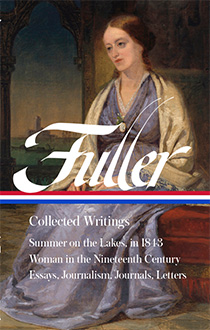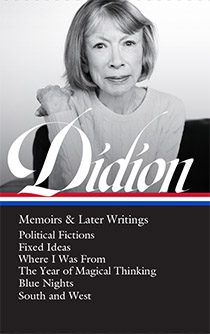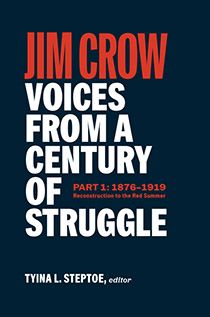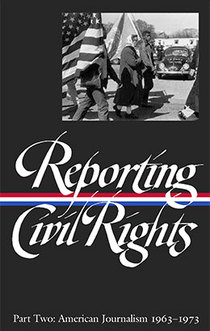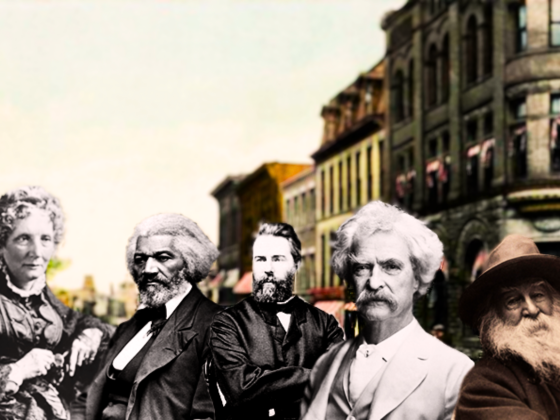Political Movements and Historical Eras
At a time when the frenzied overload of 24-hour news and social media has made it difficult to think clearly about politics and the future of our democracy, this concise volume invites readers to step back and turn to American history for guidance and inspiration. Edited with perceptive commentary by acclaimed historian and journalist Nicholas Lemann, these 21 key writings from the nation’s past speak to 5 fundamental flashpoints in our political landscape: the boundaries of citizenship; the problem of inequality; the purpose and powers of the federal government; the sway of money and special privilege; and the place of protest and civil disobedience.
Some selections are well-known touchstones— George Washington’s message to the Hebrew Congregation at Newport, Frederick Douglass’s “What to the Slave is the 4th of July?,” Martin Luther King, Jr.’s “Letter from Birmingham Jail.” Others will be new to many readers—Horace Mann’s argument for public schools as a means of fighting inequality, Jane Addams’s incisive analysis of social class and cultural conflict, Randolph S. Bourne’s bold vision of a “Trans-National America.” Offering crucial context for current events, this collection of insightful and eloquent American political writing is an essential resource for anyone who wishes to be a better-informed participant in the ongoing drama of American democracy.
Nicholas Lemann is Joseph Pulitzer II and Edith Pulitzer Moore Professor and Dean Emeritus of the Graduate School of Journalism at Columbia University and the author of The Promised Land: The Great Black Migration and How It Changed America (1991), The Big Test: The Secret History of the American Meritocracy (1999), Redemption: The Last Battle of the Civil War (2006), and Transaction Man: The Rise of the Deal and the Decline of the American Dream (2019). He has been a writer and editor at Washington Monthly, Texas Monthly, and The Washington Post, a national correspondent for The Atlantic, and, since 1999, a staff writer for The New Yorker.
This special publication features full-cloth binding, acid-free paper, and a unique design with specifications differing from those of Library of America series titles.
